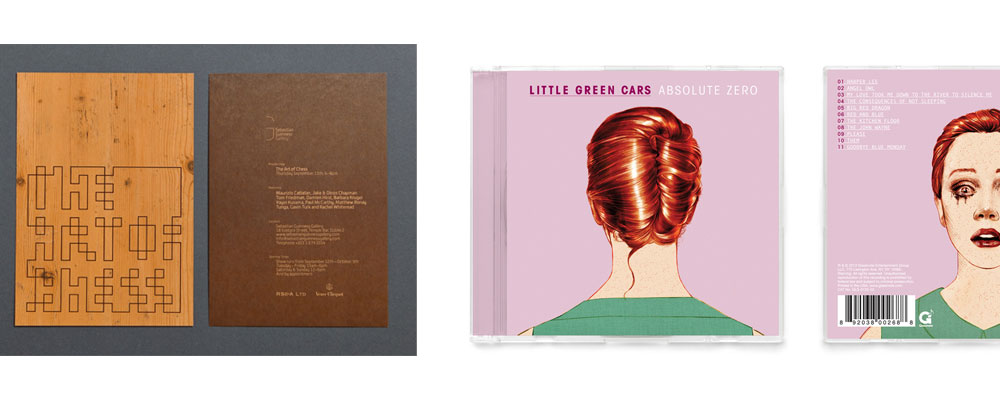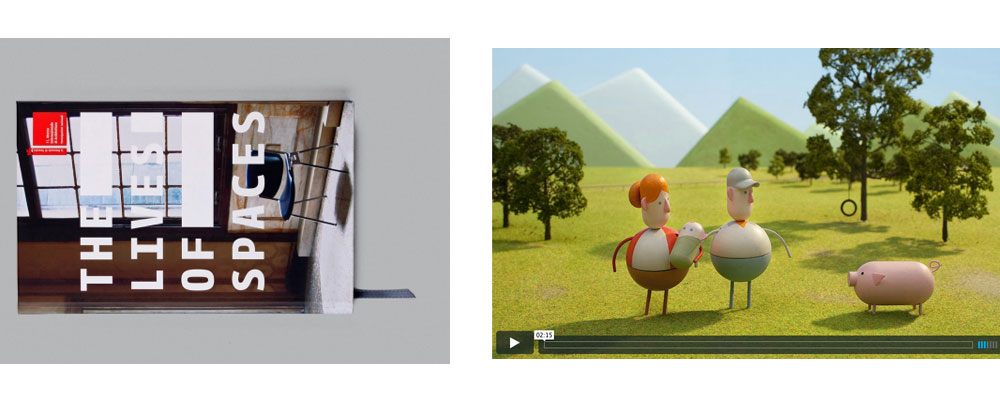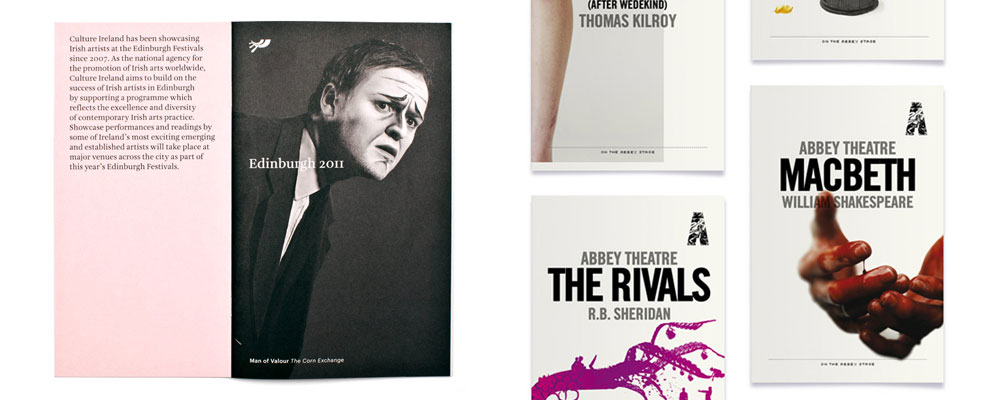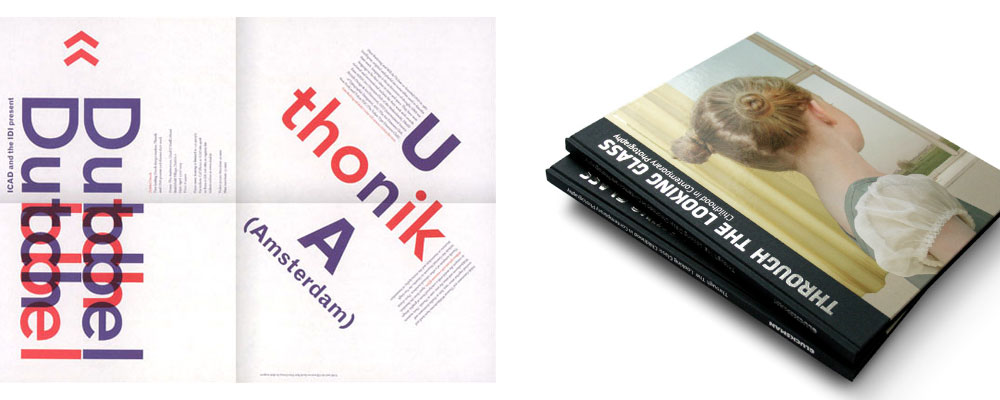
Top Image: Unthink & Slater Design
We are a nation of storytellers.
In Ireland, we have a long tradition of storytelling. We come from an ancient Celtic people with a tradition of passing history, myths and tales down from one generation to the next through gifted storytellers. In our more recent history we earned a great reputation for our literature with world renowned writers such as Beckett, Joyce, Swift and Wilde. We have long told a good story. We continue the tradition today with writers such as Colm Tóibín, Roddy Doyle and Frank McCourt but our stories are not confined to the pages of books, they can be heard on our streets and in our pubs and homes.
As creatives we tell stories through our work every day – sometimes consciously, sometimes not. We use stories to create a connection between the viewer and a product, a brand, an idea or a piece of information. We employ them to elicit an emotional reaction – to excite, to sadden, to reassure, to interest, to shock or to draw a smile. Our most powerful work tells a compelling story seamlessly and when that story has a resonance for its intended audience it will be successful.
We weave our stories through the harmonious or the juxtaposed, the clearly articulated or the intentionally confusing, the complementary colour palette or the deliberately discordant. We consider the crop of every image – what a viewer can see and how we allude to that object just out of view. We can say just as much in the negative space we leave, the information we obscure or the questions we ask the audience to answer themselves. When a viewer is asked to use their imagination, to reach their own conclusion we draw them into our stories and our work can be thought provoking and brave.

– The Lives of Spaces, Book by Conor & David & Back to the Start by Johnny Kelly
We find many ways to tell our stories – through our choice of typography, imagery, illustration, layout, materials and yes, also in our words and the tone in which we choose to express them. It is often our job to make the boring interesting and that seemingly tedious piece of information engaging. To aid us in our task we develop grids, icons and infographics. We have a wealth of tools at our disposal to craft these stories, to alter the way they look, the way they make us feel, the way they speak to us.
Where once we told our stories primarily in print we now use many more media. We can tell a story in the structure and application of graphics on a piece of packaging, in what is immediately visible and what is hidden for discovery. Every day new media offer us new possibilities to tell our stories in fresh and inventive ways. We use animations and short films to explore stories told as a mix of sound and moving image and in ever developing web and mobile technologies we play with narrative, sequence and interaction. Our choices are endless. It is tempting to choose the new but in order to tell our story effectively we must always choose the most appropriate.

– Culture Ireland programmes by Studio AAD & Abbey Theatre covers by ZeroG –
Our stories are best told when they are honest and true. When we use them to make a connection rather than to hide or cover up. In their truthfulness and honesty we can form a bond between the product, the brand or the idea and the viewer. And we only do ourselves, our clients and their audiences justice when we design interesting, compelling and engaging graphic design that stands out in the crowded visual landscape we encounter every day.
And when the work is done, we come together to tell the stories of how it all came to be. We listen to each other recount the story of this job and that and the very finest amongst us can hold a room in silence, in awe, in rapt attention. Then we gather together the very best of our work in books, in exhibitions, at awards and in archives. And we are inspired to start all over again, to keep telling new stories.
We are an industry of storytellers.

– Dubbel Dutch, promotional literature by Design Factory & Through the Looking Glass, book by Atelier David Smith